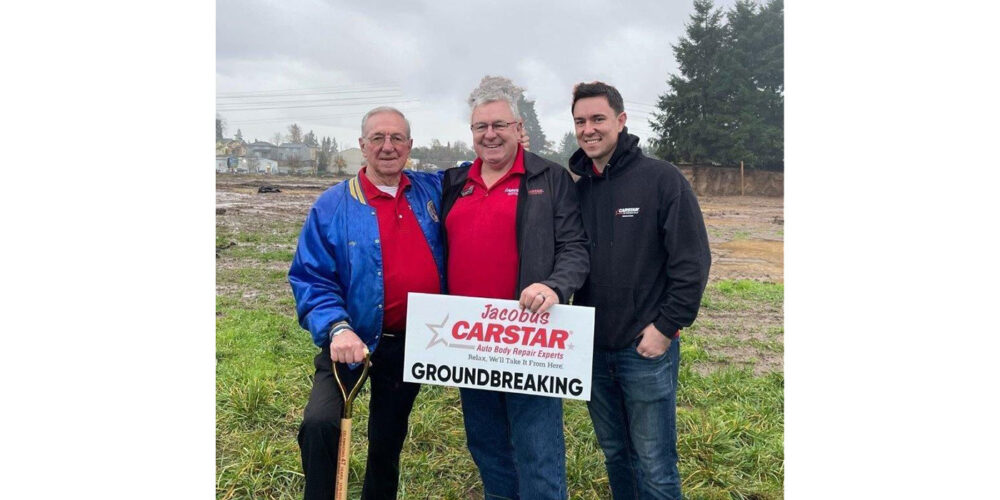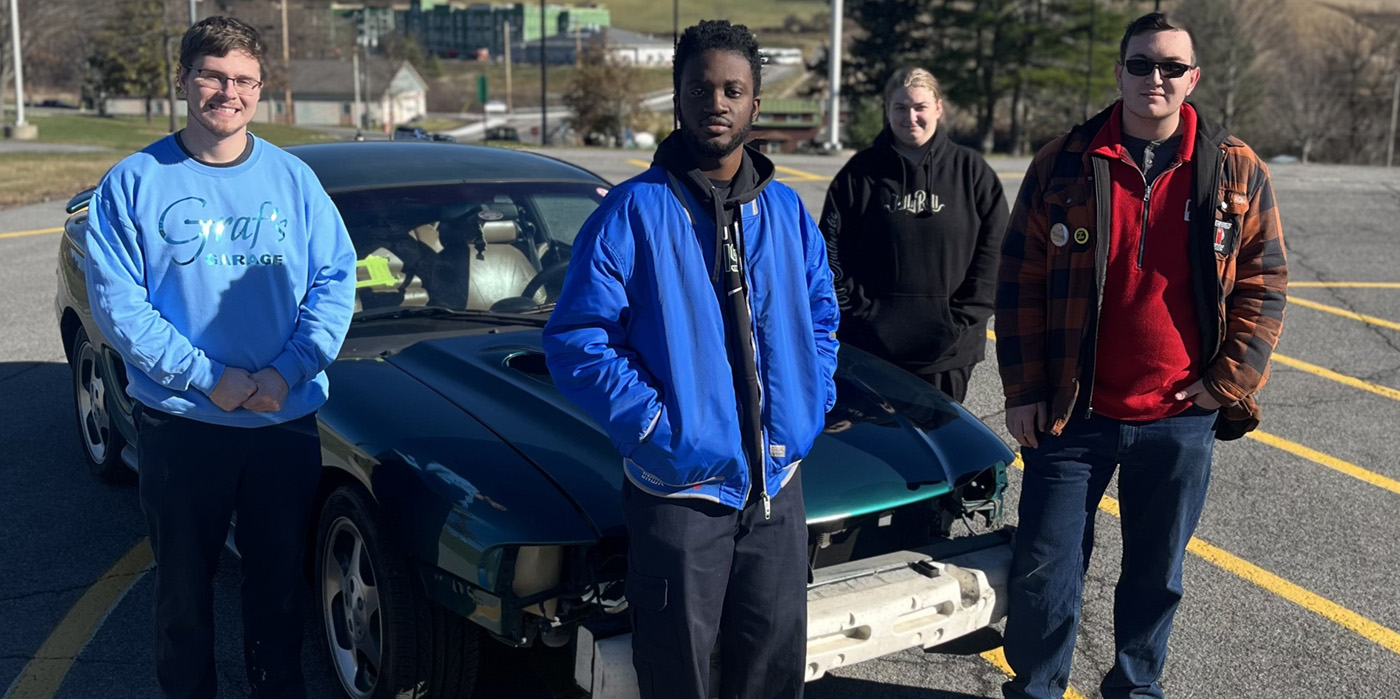The problem was that Nationwide audits all his sheets and when the color white shows a blend, he gets questioned. Simply adding a little time somewhere else in the estimate where the appraiser won’t get questioned is easy enough, and that’s just what we did. An hour moved to clean-up time worked for both of us,” writes North Carolina shop owner Bob MacCargar in this month’s cover story on direct-repair programs, touching on just one of the many controversial issues surrounding DRPs. In this case, the controversial issue of “cost shifting.”
But is cost shifting really as controversial as many in the industry think?
” ‘Fraud,’ to swindle, scam, con, scheme, racket, hoax, deceive. I don’t see how any of these terms apply to this case. Regardless of where the time goes on the insurance appraiser’s estimate, it remains in the same column on your estimate,” says MacCargar. The operative words here being “your estimate.”
“The insurance estimate has no legally binding power – none,” says BSB contributing editor Charlie Barone. “Cost shifting is not illegal. Misrepresentation of the facts in an attempt to line one’s pockets is fraud, but cost shifting is not fraud. An estimate is a proposal, but an invoice is what will get you locked up if you misrepresented what you actually did.”
The operative words here being, “misrepresented what you actually did.”
If you and/or an adjuster cost shift the insurance estimate to get you paid in full, you need to avoid the appearance that you billed for the work based on the insurance estimate.
“The customer should get a copy of your estimate, as well as the insurance company’s estimate,” says MacCargar. “Make it clear that you repaired the vehicle according to your company’s estimate, not the insurer’s.”
If it’s really that simple – don’t invoice for stuff you didn’t do or for parts you didn’t replace – then why do so many in the industry think that cost shifting is illegal?
Maybe because so many shops now work off the insurance estimate, rather than writing their own. And if you or the adjuster has cost shifted the insurance estimate and you then work off the insurance estimate, you’ve just crossed the line into fraud.
“If the insurance appraiser writes ‘Undercoating – .3 on his appraisal to pay for the .3 it will take to R&I a door handle because he’s ‘not allowed’ to pay to remove door handles when blending a door – and you don’t undercoat – you’ve just lied to the insurance company, cheated the customer and put yourself in a dangerous position,” says BSB contributing editor and Connecticut shop manager John Shortell, about shops that work off the insurance estimate. “All this because some bonehead 3,000 miles away decided it was unnecessary to remove a door handle when painting or blending a door.”
Granted, adjusters shouldn’t have to cost shift in order to get you paid in full. And in a perfect world, they wouldn’t. But in a perfect world, no one would wreck their cars to begin with. (We’d also all have trust funds, and every day would be a good hair day.)
On the other hand, cost shifting doesn’t help to solve the actual problem. In fact, in some ways, it perpetuates it.
“I don’t advocate this as a normal way of doing business,” says MacCargar. “It’s never to be considered an easy way out. You’ll be seeing the same appraiser over and over again. Why not put your effort into ‘training’ the appraiser on needed operations you’ll be writing on all your estimates?”
Sound advice. But, again, it’s not a perfect world, and sometimes educating an appraiser is useless because his bosses are, as Shortell so poetically put it, “boneheads.”
Bottom line? Cost shifting isn’t your problem unless you make it your problem. Don’t – by following these three pieces of advice:
“Just say what you do and do what you say,” says Barone. “That’s it. The insurance estimate is essentially meaningless.”
“I give appraisers my bottom line and tell them I don’t care how they get there,” says Shortell. “I work off my estimate, bill off my estimate and attach my estimate to the final invoice. I don’t believe insurance companies should be writing estimates. They don’t repair cars, and they’re definitely not going to tell me how to repair one.”
“My favorite saying to an appraiser is, You may catch me in a mistake,” says MacCargar, “but you’ll never catch me in a lie.”
Georgina K. Carson, Editor
[email protected]













